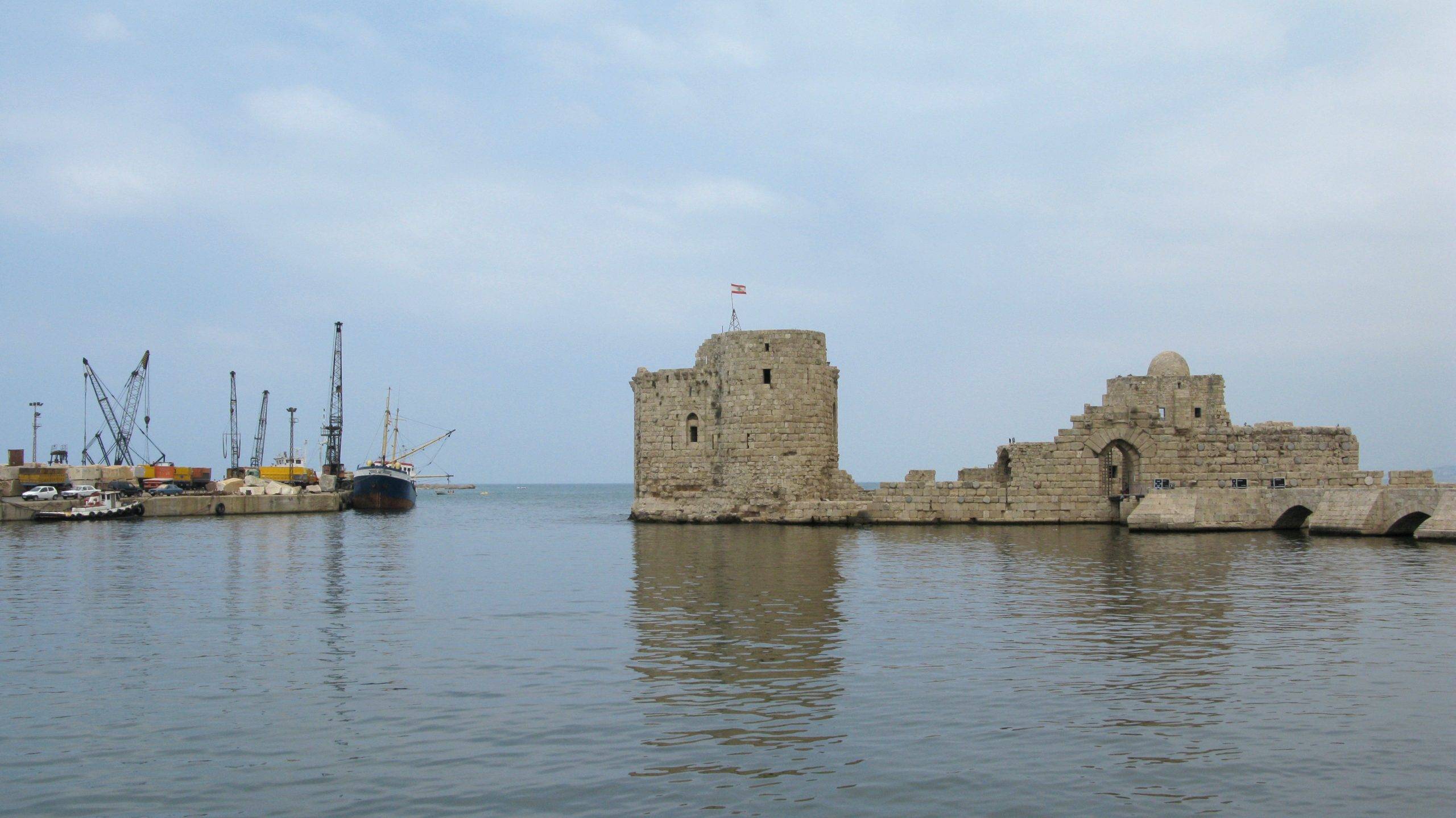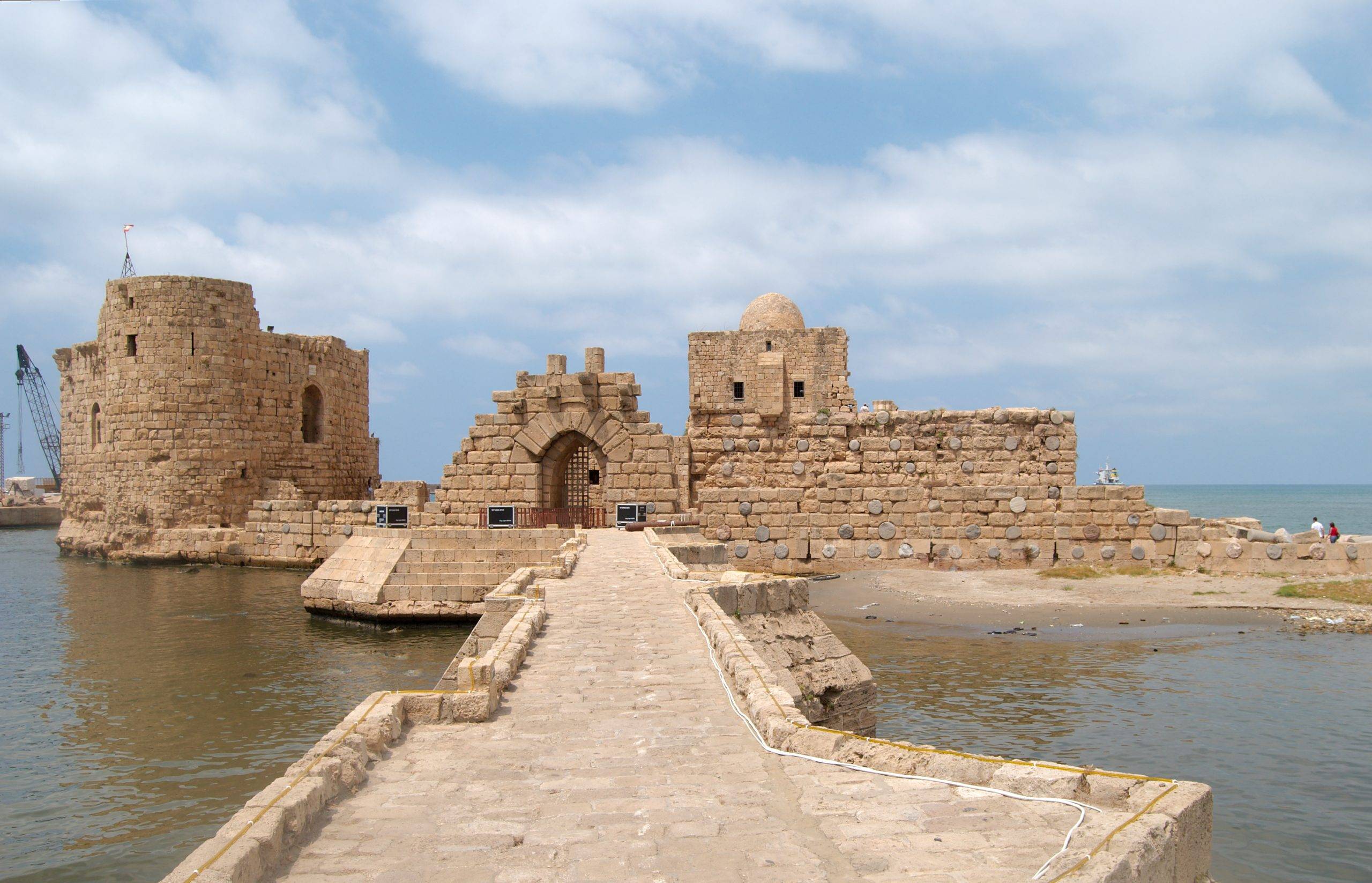Located on the Mediterranean coast of Lebanon, the Sidon Ruins are a testament to the city’s rich and diverse history. Sidon, one of the oldest inhabited cities in the world, has been a significant player in the historical narrative of the region, with its influence spanning across various civilizations and eras. The ruins, which include the Sea Castle, the Temple of Eshmun, and the Sidon Soap Museum, among others, offer a fascinating glimpse into the city’s past.
Get your dose of History via Email
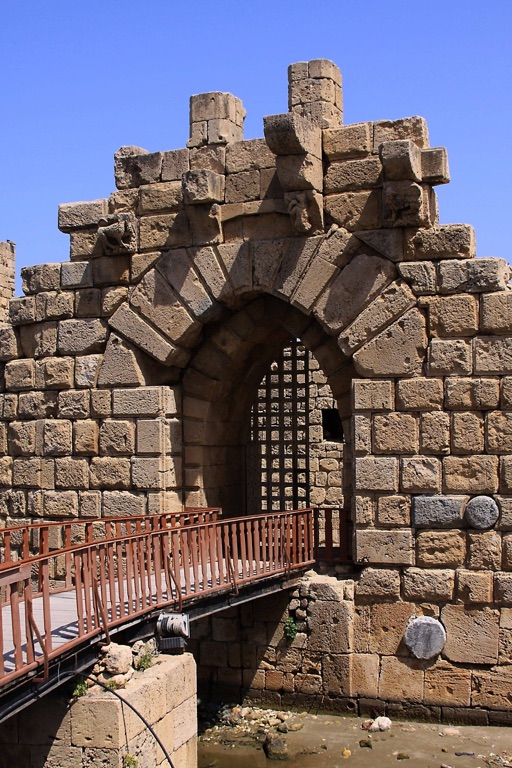
Historical Background
Sidon, also known as Saida, is believed to have been inhabited since 4000 BC, making it over 6000 years old. The city was an important Phoenician city-state known for its trade and seafaring. It was later conquered by a succession of empires, including the Assyrians, Babylonians, Persians, Greeks, and Romans. Each of these civilizations left its mark on the city, contributing to its rich cultural and architectural heritage.
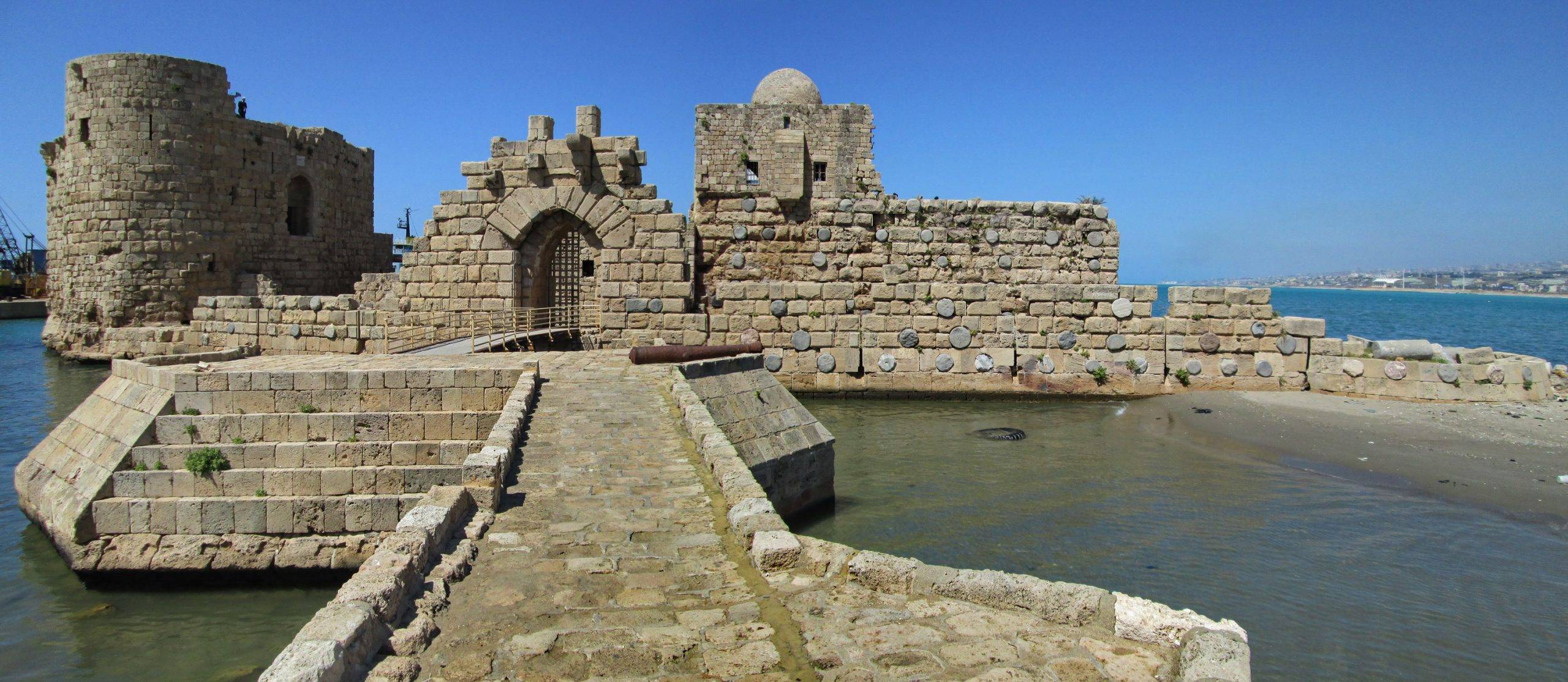
Architectural Highlights
The Sidon Ruins are a treasure trove of architectural marvels. The Sea Castle, built by the Crusaders in the 13th century, is a prominent landmark. Despite suffering damage over the centuries, the castle’s imposing structure, built with limestone and sandstone, still stands, offering panoramic views of the city and the sea.
The Temple of Eshmun, dedicated to the Phoenician god of healing, is another significant site. Located about a kilometre northeast of Sidon, the temple dates back to the 7th century BC. The site includes a sacred pool, altars, and various structures built with limestone and marble, showcasing the intricate craftsmanship of the Phoenicians.
The Sidon Soap Museum, housed in an old soap factory, is a testament to the city’s long-standing soap-making tradition. The building, constructed with traditional sandstone, features vaulted ceilings and a central courtyard, typical of Levantine architecture.
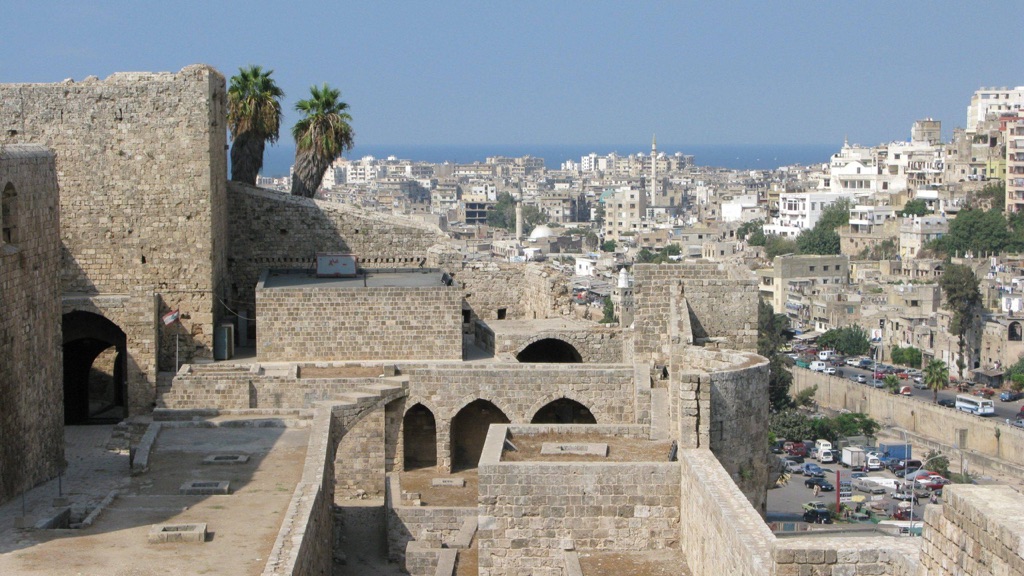
Theories and Interpretations
Archaeological studies and historical records provide insights into the purpose and significance of these sites. The Sea Castle, for instance, was a strategic fortification, protecting the city from sea invasions. The Temple of Eshmun was a religious site where rituals and ceremonies were conducted for the god of healing.
The Sidon Soap Museum, on the other hand, is a reminder of the city’s commercial prowess. Sidon was known for its production of soap made from olive oil, a tradition that continues to this day.
Dating methods such as radiocarbon dating and stratigraphy have been used to determine the age of these sites. The alignment of some structures with celestial bodies, a common practice in ancient architecture, also provides clues about their construction dates.

Good to know/Additional Information
Today, Sidon is a bustling city where the old coexists with the new. The ruins are a major tourist attraction, offering a journey back in time. The city’s rich history is also reflected in its diverse cuisine, with influences from the various civilizations that have called it home. So, a visit to Sidon is not just a historical exploration but also a gastronomic adventure.
